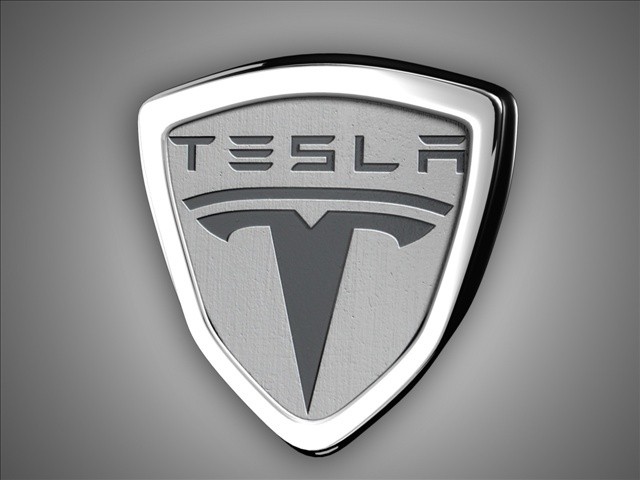The K-12 Conundrum
A look into the COVID-19 responses of Minnesota’s largest public school districts
November 4, 2020
Minnesota doesn’t have a blanket policy covering how all public K-12 schools in the state should be dealing with COVID-19 concerns. Prior to the start of the 2020-2021 school year, Gov. Walz instructed all school districts to have three different plans for three different scenarios ready to go. Scenario one would be in-person learning for all students, scenario three would be distance learning for all students, and scenario two would be a hybrid approach. Many school districts had said they would reevaluate their chosen approach around November, but are those reevaluations going to change anything? About one in five students enrolled in K-12 Minnesota Public Schools students attend a school within one of the five largest school districts in the state: St. Paul, Anoka-Hennepin, Minneapolis, Rosemount-Apple Valley-Eagan, or Osseo Area. Here’s what they had planned in September and how it’s changed now that we are two months into the school year.
Saint Paul Public Schools – Saint Paul
Number of Students: 37,969 (2014-2015)
Current Status: Hybrid for students in select special education programs, distance only for all other students
The initial plan for St. Paul Public Schools, as announced on Aug. 6, was a across the board distance learning policy. In the event of any level of reopening, the district was split into four, with the intent being that one section (or stage) would transition at a time. On Oct. 19, Stage one (including Federal IV Programs and Sites, as well as Focus Beyond, the district’s secondary special education program), were allowed to return to shift to a hybrid model. Stage two (Including students in all other special education programs as well as all students from preschool to 2nd grade) was slated to begin hybrid learning on Nov. 16, but it was decided on Friday, Oct. 30, that this date would be pushed back to Jan. 19, 2021 at the earliest.
Anoka-Hennepin School District – Northern Suburbs
Number of Students: 37,951 (2014-2015)
Current Status: Hybrid for elementary students, distance only for middle and high school students
Anoka-Hennepin opted to start out with a hybrid policy. In August, it was decided that elementary schools would start with a hybrid format, while older students would be distance learning until September 28. This began as planned, but on October 23, the district announced that all middle and high school students would transition back to distance learning beginning November 4. This announcement originally included a pause to all extracurriculars, but this decision was rolled back, allowing students to continue to participate in both sports and other school-sponsored activities.
Minneapolis Public Schools – Minneapolis
Number of Students: 37,969 (2014-2015)
Current Status: Distance learning only for all students
Minneapolis began the school year in Phase two of their five Phase plan. For the students, this means distance learning, with access to limited student support services. On Oct. 27, it was announced that Phase three will commence on Nov. 9, which will allow students that speak very limited English, homeless students, or students with special needs to transition to in person learning. In addition, Community Education programs will resume as long as social distancing is practiced and other precautionary measures are taken. The beginning of Stage four, which will see hybrid learning begin for students in kindergarten through grade three, will not begin until Jan. 28 at the very earliest.
Rosemount-Apple Valley-Eagan Public Schools – Southern Suburbs
Number of Students: 27,533 (2014-2015)
Current Status: Hybrid for elementary students, distance only for middle and high school students
All of District 196’s students began the school year in a hybrid learning environment. The District’s learning model is dictated by the number of cases per county per 10,000 residents over a two-week period. 9 or less cases allows for a full return to in-person learning, 50 or more calls for a full shift to distance learning, and all cases numbers in-between correlate to one of 3 hybrid models. On October 30, it was announced that all middle and high school students will be transitioned to full-time distance learning on Nov. 12. Elementary school students will continue a hybrid curriculum.
Osseo Area Schools – Northwest Suburbs
Number of Students: 20, 641 (2014-2015)
Current Status: Hybrid for elementary students, distance only for middle and high school students
Osseo Area Schools delayed the start of the school year to Sep. 14 and spent the first two weeks in an online only format. All students were then allowed to return for hybrid learning. On Sep. 30, it was announced that full time, in-person learning would begin on Oct. 19 for students in preschool through grade five. However, on Oct. 12 that plan was cancelled, and all students were to stay in a hybrid learning program until further notice. Oct. 30 brought the announcement that students in middle and high school will be transitioning to a distance only model by Nov. 9.
While some school boards started the year off with more optimism than others, at this point only students with special needs and suburban K-5 students are attending school following a hybrid model. 6-12 students across the metro and elementary schoolers in Minneapolis/St. Paul, whether they had a shot at hybrid or not, are back to full time-distance learning. The effect that this is going to have on the education of Minnesota’s students is set to fully be seen, but the consensus tends to be that it won’t be pretty.












